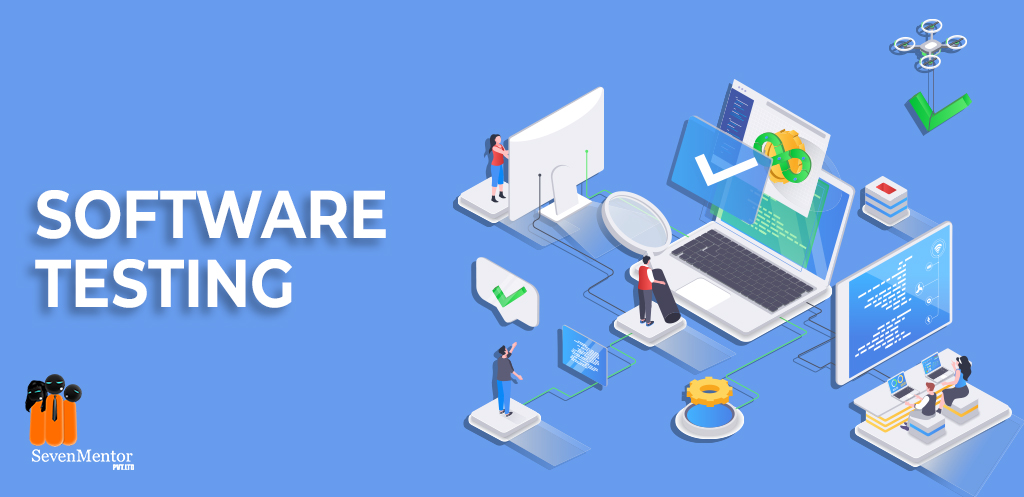The difference between manual testing and automation testing

Manual testing and automation testing are two distinct approaches to conducting software testing, each with its own advantages and limitations. Here are the key differences between manual testing and automation testing:
1. Definition:
- Manual Testing:
- Manual testing involves human testers who manually execute test cases without using any automation tools. Testers interact with the software, observe results, and report defects.
- Automation Testing:
- Automation testing involves the use of automation tools and scripts to perform test cases. Test scripts are written to automate repetitive and time-consuming tasks.
2. Human Interaction:
- Manual Testing:
- Relies on human testers to interact with the software, observe behaviors, and make subjective evaluations.
- Automation Testing:
- Involves minimal human intervention once the test scripts are written and automated. Tests are executed by tools, reducing the scope for human error.
3. Speed and Efficiency:
- Manual Testing:
- Slower and less efficient, especially for repetitive or large-scale testing. It may not be feasible to execute extensive test suites within limited time frames.
- Automation Testing:
- Faster and more efficient for repetitive and extensive test cases. Automation tools can execute tests much faster than manual testers, providing quicker feedback.
4. Execution Environment:
- Manual Testing:
- Suitable for exploratory testing, usability testing, and scenarios that require human intuition and observation.
- Automation Testing:
- Suitable for repetitive regression testing, load testing, and scenarios that require the execution of a large number of test cases in various environments.
5. Initial Setup and Learning Curve:
- Manual Testing:
- Quick to start with minimal setup. Testers can begin testing the software without extensive training.
- Automation Testing:
- Requires a significant initial setup, including script development, tool installation, and configuration. Automation may have a steeper learning curve.
6. Maintenance:
- Manual Testing:
- Easier to adapt to changes in the software since human testers can quickly understand and modify test cases.
- Automation Testing:
- Requires ongoing maintenance to update scripts in response to changes in the software. Maintenance efforts can be significant.
7. Cost:
- Manual Testing:
- Generally lower upfront costs, as it does not require investments in automation tools or extensive script development.
- Automation Testing:
- Higher initial costs due to the need for automation tools and script development. However, automation can result in cost savings over the long term for repetitive testing.
8. Test Scenarios:
- Manual Testing:
- Well-suited for ad-hoc testing, exploratory testing, and scenarios where human intuition and creativity are crucial.
- Automation Testing:
- Ideal for repetitive test scenarios, regression testing, and large-scale test suites where consistent execution is essential.
9. Parallel Execution:
- Manual Testing:
- Limited ability to execute test cases simultaneously in different environments.
- Automation Testing:
- Can execute multiple test cases concurrently, enabling parallel testing across different configurations.
10. Applicability:
- Manual Testing:
- Appropriate for short-term projects, exploratory testing, and scenarios where frequent changes occur.
- Automation Testing:
- Ideal for long-term projects, stable applications, and scenarios with repetitive testing requirements.
In practice, a balanced approach often involves a combination of both manual and automation testing, leveraging the strengths of each to achieve comprehensive test coverage and efficient testing processes.



